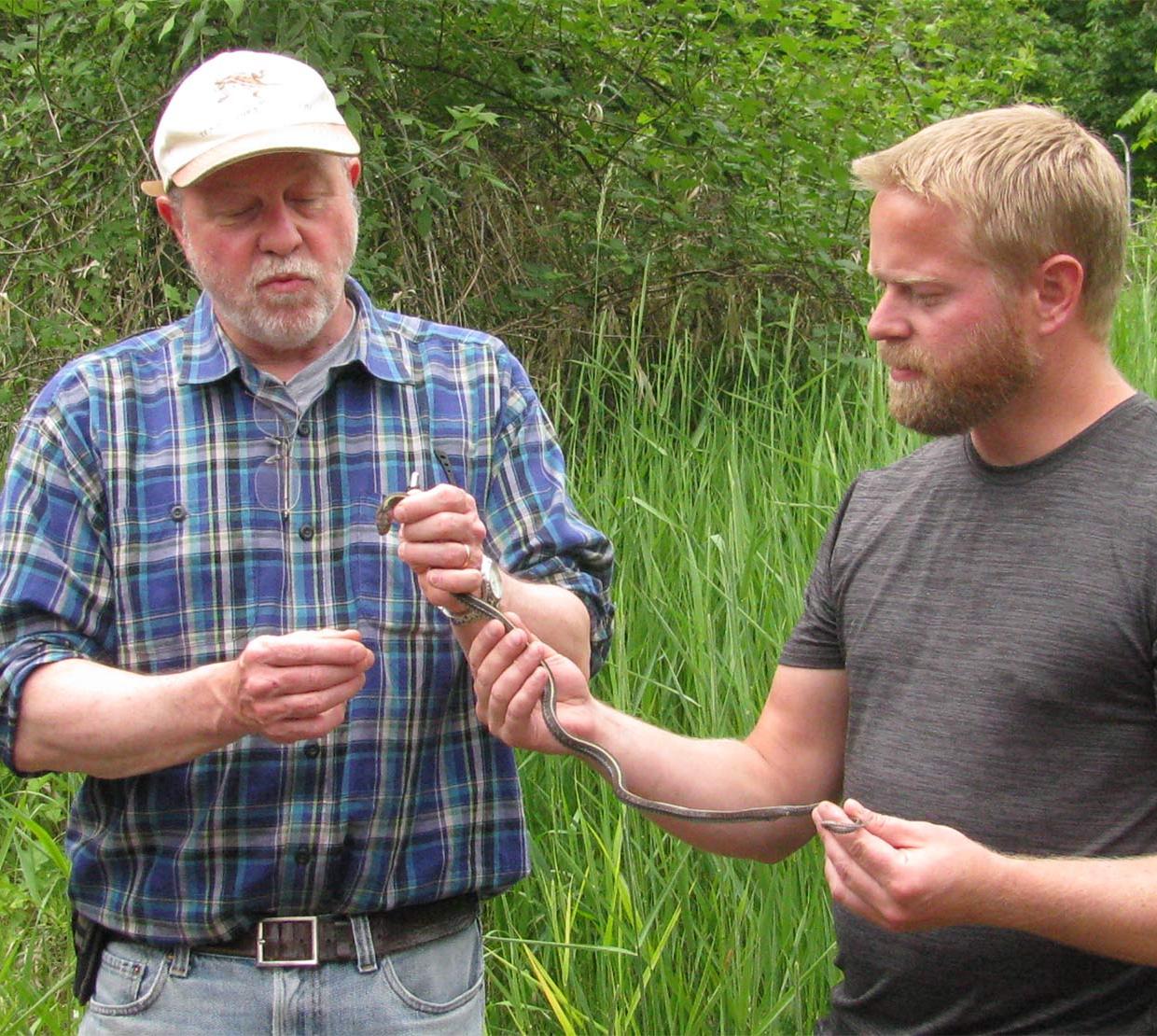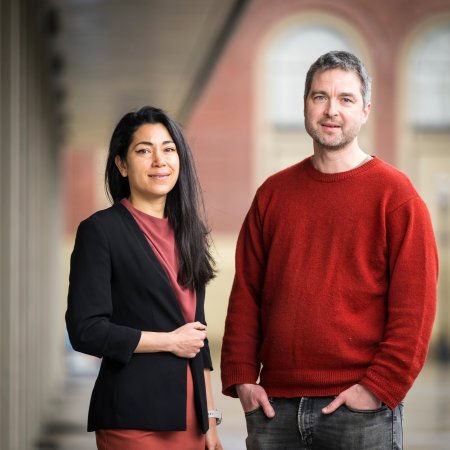Robert Mason, professor of integrative biology, has become a new Fellow of the American Association for the Advancement of Science (AAAS) — the world’s largest multidisciplinary scientific society. He is among 443 scientists and engineers chosen for this prestigious honor by AAAS in 2019.
In a tradition dating back to 1874, AAAS Fellows are chosen on the basis of their “extraordinary achievements across disciplines,” which include significant contributions to research, teaching, technology, administration and advancing public understanding of science. Fellows are elected annually by the AAAS Council from the list of approved nominations advanced by the Section Steering Groups.
2019 Fellows will be recognized Feb. 15, 2020, during the AAAS annual meeting in Seattle.
“I have enjoyed great colleagues, great students and postdocs, and fulfilling teaching over the past 28 years. This recognition by AAAS is really a recognition of all of those things.”
Mason was elected in the biological sciences section. He joins 16 other faculty who are AAAS Fellows in the College of Science. Overall, 39 professors at Oregon State University have held this honor since 1965.
Mason is globally renowned for his path-breaking research on chemical communication and reproduction in garter snakes. He was honored by AAAS “for distinguished contributions to the fields of behavioral endocrinology and chemical ecology, particularly for discovering how pheromones mediate reproductive behavior in reptiles.”
“I have enjoyed great colleagues, great students and postdocs, and fulfilling teaching over the past 28 years. This recognition by AAAS is really a recognition of all of those things,” said Mason. “I am deeply touched and honored to be recognized by my colleagues and the AAAS for the research I have done over the years. It was a lot of fun and the work just keeps getting more and more interesting. I am indeed lucky to have found my niche and be able to share this joy of discovery with young up and coming students.”
A reproductive biologist by training, Mason is best known for his fundamental discoveries about the chemistry of pheromone molecules in garter snakes and how pheromones influence their sexual behaviors. He was the first scientist to isolate, identify and chemically synthesize a pheromone from a reptile, and his discovery opened the doors to new fields of inquiry around reproduction in snakes.
In 2017, Mason delivered the College of Science’s annual Gilfillan Lecture, “The Garden of Eden revisited: What can we learn from snakes, sex and scents.” In his talk, Mason discussed the biological and chemical processes that influence reproduction in snakes as well as the larger implications of his research.
Every year since 1983, Mason has travelled to the world-famous snake caverns of Narcisse Wildlife Management Area in Manitoba, Canada, to study one of the most spectacular biological phenomena in the world. Each May, over 70,000 red-sided garter snakes—the largest gathering of any kind of vertebrates or animals in the world— awaken from an eight-month hibernation and come out of the limestone caverns to engage in a feverish mating ritual.
It is in the snake dens of Manitoba that Mason and his students have made many of their key significant biological discoveries over the years. Mason has also found opportunities to apply his research to help in the conservation of the species.
Mason’s field research at the Narcisse snake dens has appeared extensively in the media and in leading publications worldwide, including the Discovery Channel, National Geographic, BBC, Science, New York Times, Nature and more. His work inspired the award-winning children’s book, The Snake Scientist — Sy Montgomery’s 1999 book, which brought the exciting and inspiring life of a field scientist home to children all over the world. Mason is the rare scientist whose research pursuits have captivated the wider public. A viral National Geographic video has been viewed millions of times.
Mason and his collaborators have also pioneered original research in the areas of reproductive endocrinology, evolution of chemical communication systems and behavioral ecology in reptiles. These help scientists to understand how chemical signals are produced, the degree to which environmental stressors affect reproduction and the influence of various mating systems and strategies on reproduction in garter snakes.
Mason’s recent research focuses on his discovery of the Harderian gland, the largest cephalic gland in garter snakes and its crucial role in the transfer of pheromone signals to the vomeronasal organ and the brain.
Mason has published more than 150 research articles in top zoology and science journals, including Nature, Science and The Proceedings of the National Academies of Sciences. He is a co-author of the book, Chemical Signals in Vertebrates.
Since joining OSU in 1991, Mason has distinguished himself as an outstanding educator and mentor who has inspired and guided many students to research careers in zoology and herpetology.
Mason has also garnered several top honors for both his research and teaching. He was an Education Fellow in the Life Sciences at the National Academies of Science and is an elected Scientific Fellow of The Zoological Society of London. He was the recipient of the College of Science’s 2016 F.A. Gilfillan Award for Distinguished Scholarship.
Mason has been honored with the Milton Harris Award in Basic Research, the Thomas T. Sugihara Young Faculty Research Award and the Mortar Board Society’s “Top Professor” Award at Oregon State. In 2018, he won the Frederick H. Horne Award for Sustained Excellence in Teaching Science from the College of Science at Oregon State.
AAAS publishes Science and multiple other journals. This year’s fellows were formally announced in the AAAS News and Notes section of Science on Nov. 28.




